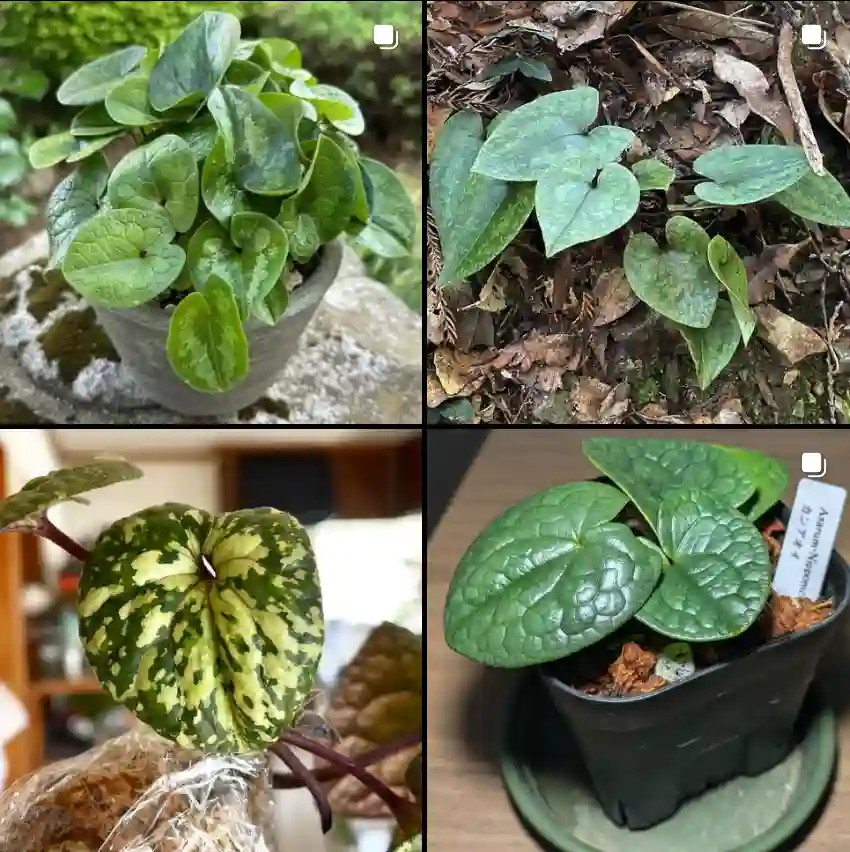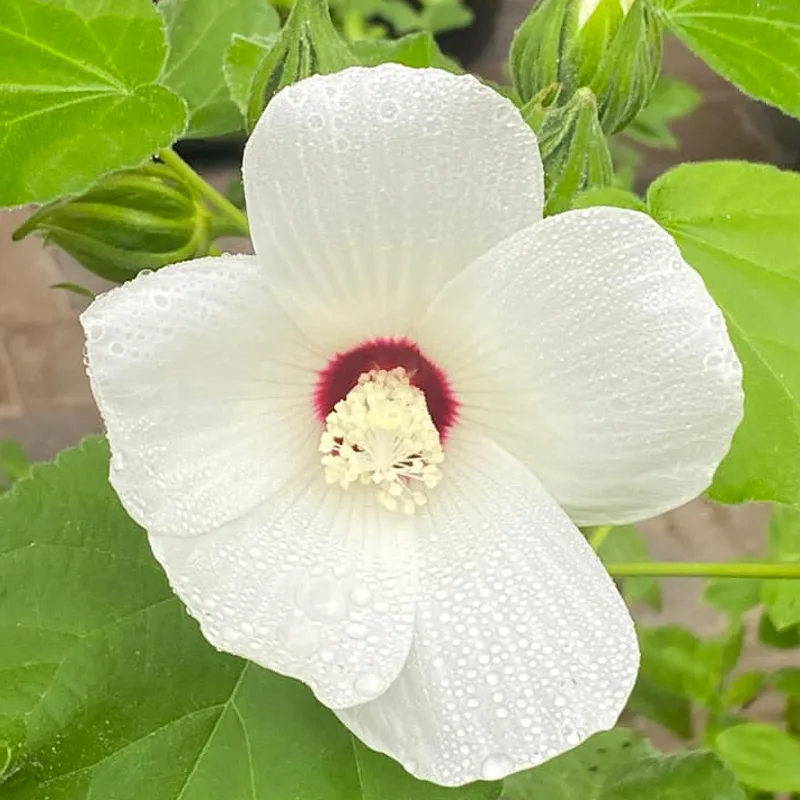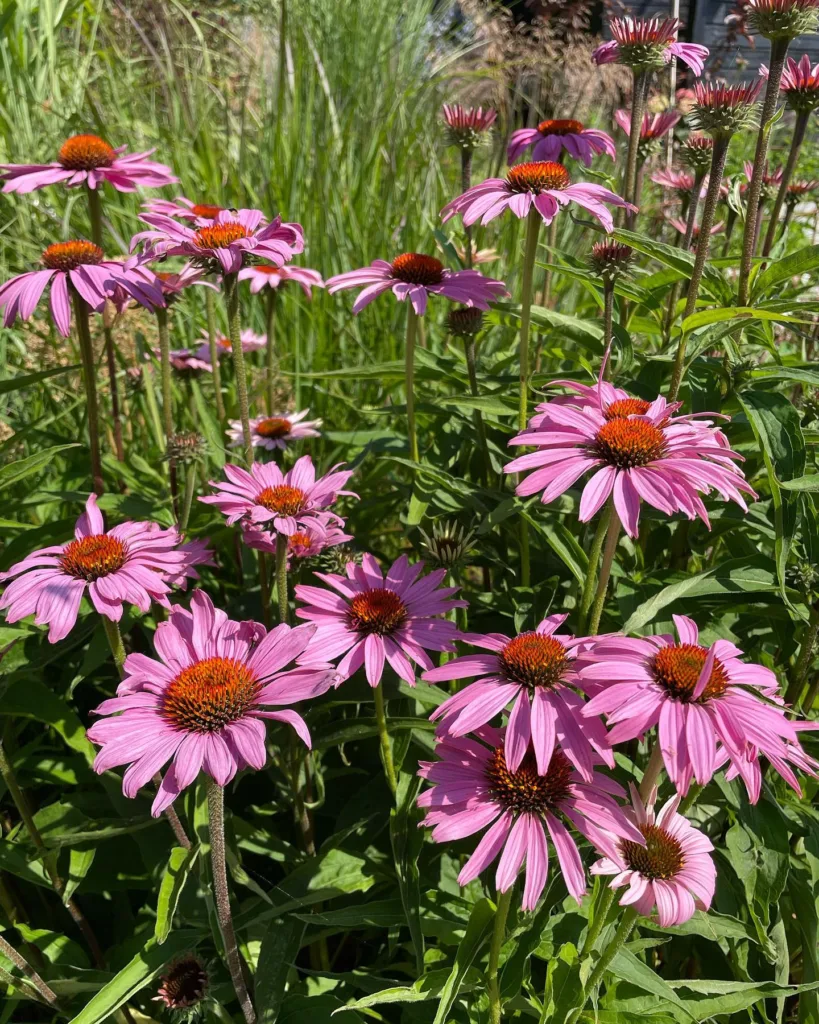The Poet’s Laurel: My Fascination with Danae racemosa
My name is Ferb Vu, and I’ve always been drawn to the subtle beauty of the natural world. While vibrant flowers and towering trees often steal the show, it’s the understated elegance of plants like Danae racemosa that truly capture my attention. This unique evergreen shrub, commonly known as Poet’s Laurel or Alexandrian Laurel, possesses a quiet charm that has fascinated botanists and gardeners alike for centuries.
A Genus of One
Danae belong to the Asparagaceae family, is a monotypic genus, meaning it contains only a single species: Danae racemosa. This makes it quite special in the plant world, a solitary representative of its lineage. Native to the woodlands of western Asia, from Turkey to Iran, Danae racemosa thrives in the dappled shade beneath taller trees. It’s a slow-growing shrub, typically reaching about 60 cm in height and diameter, forming a graceful mound of arching stems.
The Illusion of Leaves
One of the most intriguing aspects of Danae racemosa is its unique foliage. At first glance, it appears to have lush, lance-shaped leaves, but these are actually flattened stems known as phylloclades. These phylloclades function just like leaves, carrying out photosynthesis to provide energy for the plant. This adaptation is a testament to the resourcefulness of nature, allowing Danae racemosa to thrive in its shady environment.
Blooms and Berries
In late spring and early summer, Danae racemosa produces small, greenish-white flowers at the tips of its stems. While these flowers are not particularly showy, they add a delicate touch to the plant’s overall appearance. Following the blooms, small, round berries develop, gradually ripening to a vibrant orange-red in the fall. These berries provide a splash of color against the backdrop of the deep green phylloclades, adding to the plant’s allure.
A Historical Symbol
The common name “Poet’s Laurel” hints at the plant’s historical significance. In ancient Greece and Rome, laurel wreaths were symbols of victory and achievement, often bestowed upon poets and athletes. While the true laurel used for these wreaths was Laurus nobilis, Danae racemosa with its similar appearance and evergreen nature, has also been associated with this tradition.
A Gardener’s Delight
Danae racemosa is a prized plant among gardeners for its versatility and resilience. Its shade tolerance makes it an ideal choice for woodland gardens or shady borders. It can also be grown in containers, adding a touch of elegance to patios and balconies. The plant’s slow growth rate and compact size make it easy to maintain, requiring minimal pruning.
Furthermore, the cut stems of Danae racemosa are highly valued in floral arrangements. Their long-lasting nature and attractive foliage make them a favorite among florists. Whether used as a filler or a focal point, the stems add a touch of sophistication and texture to bouquets and centerpieces.
Cultivating Danae racemosa
While Danae racemosa is relatively low-maintenance, it does have some specific needs. It prefers well-drained soil that is rich in organic matter. Regular watering is important, especially during dry periods, but it’s crucial to avoid overwatering, which can lead to root rot. Mulching around the base of the plant helps to retain moisture and suppress weeds.
Danae racemosa is generally hardy and resistant to most pests and diseases. However, it’s important to keep an eye out for scale insects, which can occasionally infest the plant. If detected early, these can be controlled with insecticidal soap or horticultural oil.
A Lasting Impression
My fascination with Danae racemosa stems from its unique combination of beauty, resilience, and historical significance. It’s a plant that rewards close observation, revealing its subtle charms to those who take the time to appreciate it. Whether admired in a garden, a floral arrangement, or simply a quiet corner of the natural world, Danae racemosa is sure to leave a lasting impression.
If i die, water my plants!



